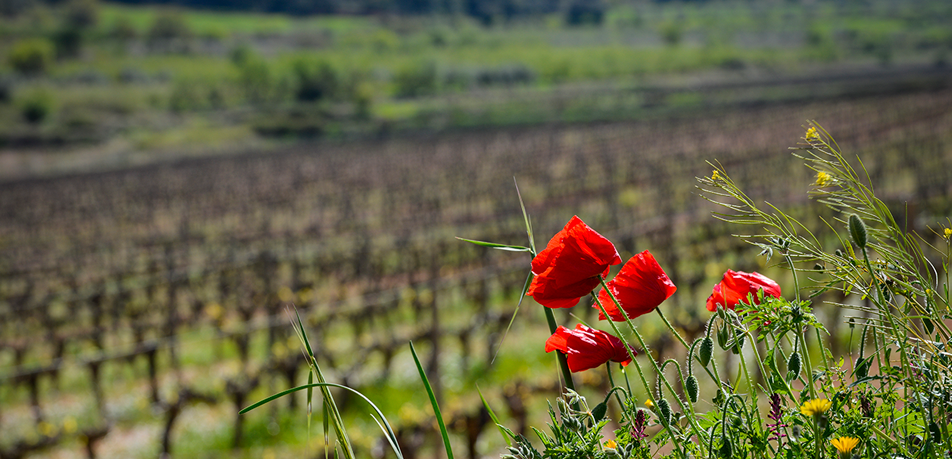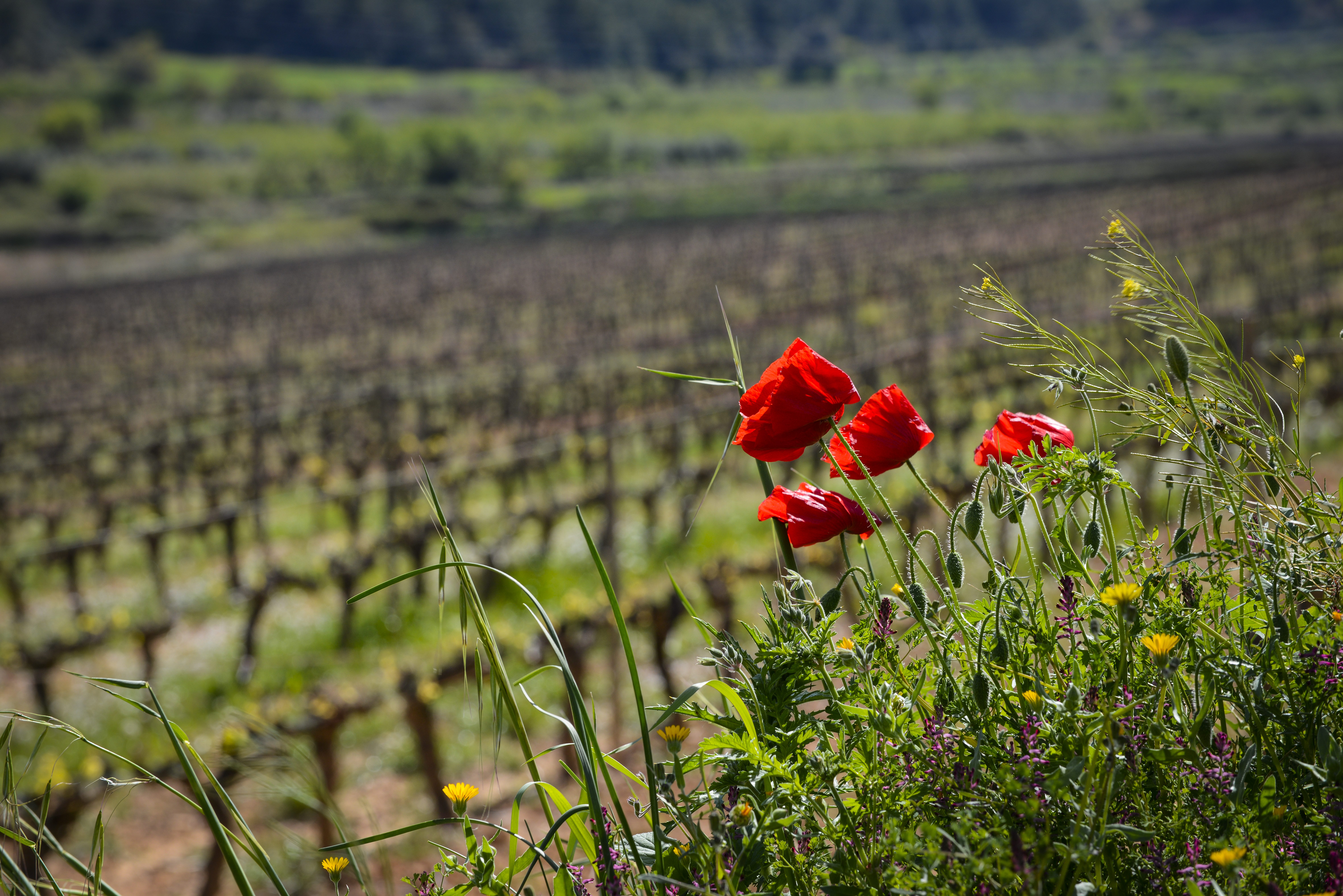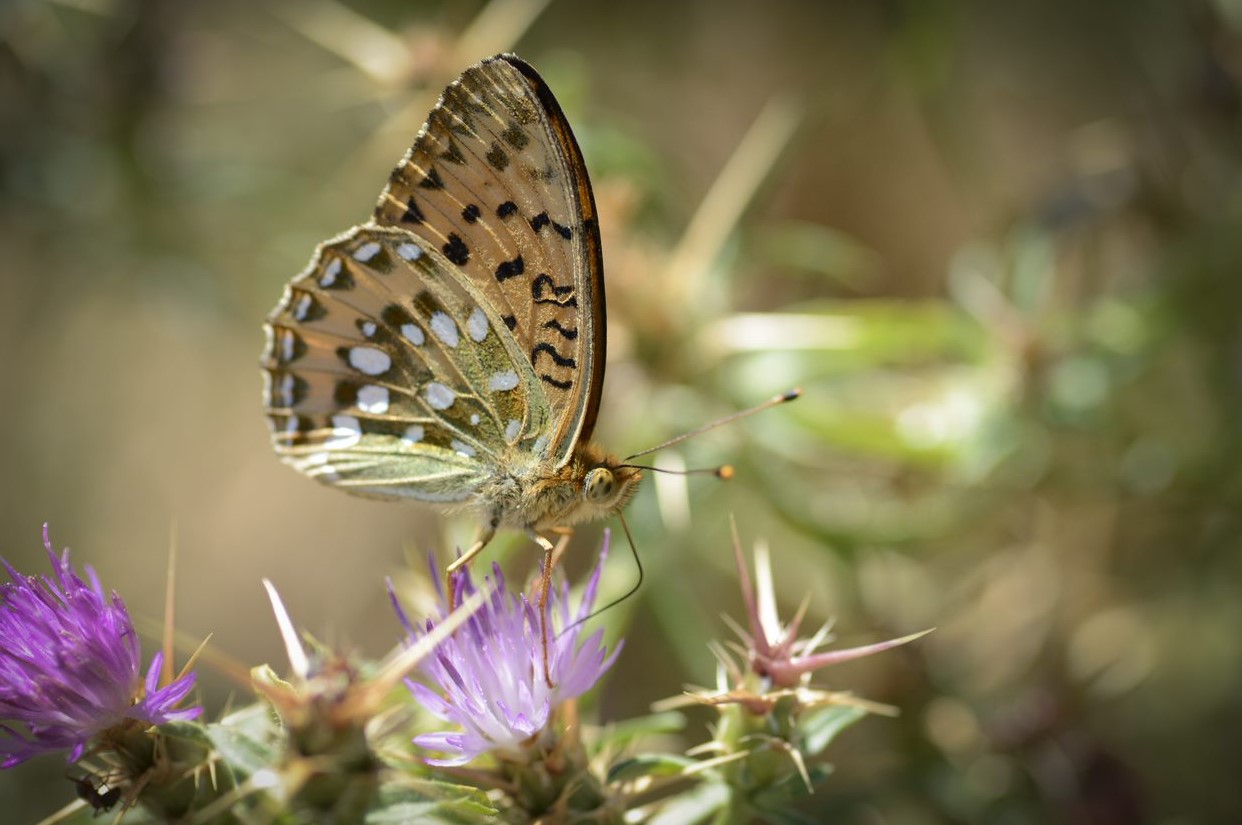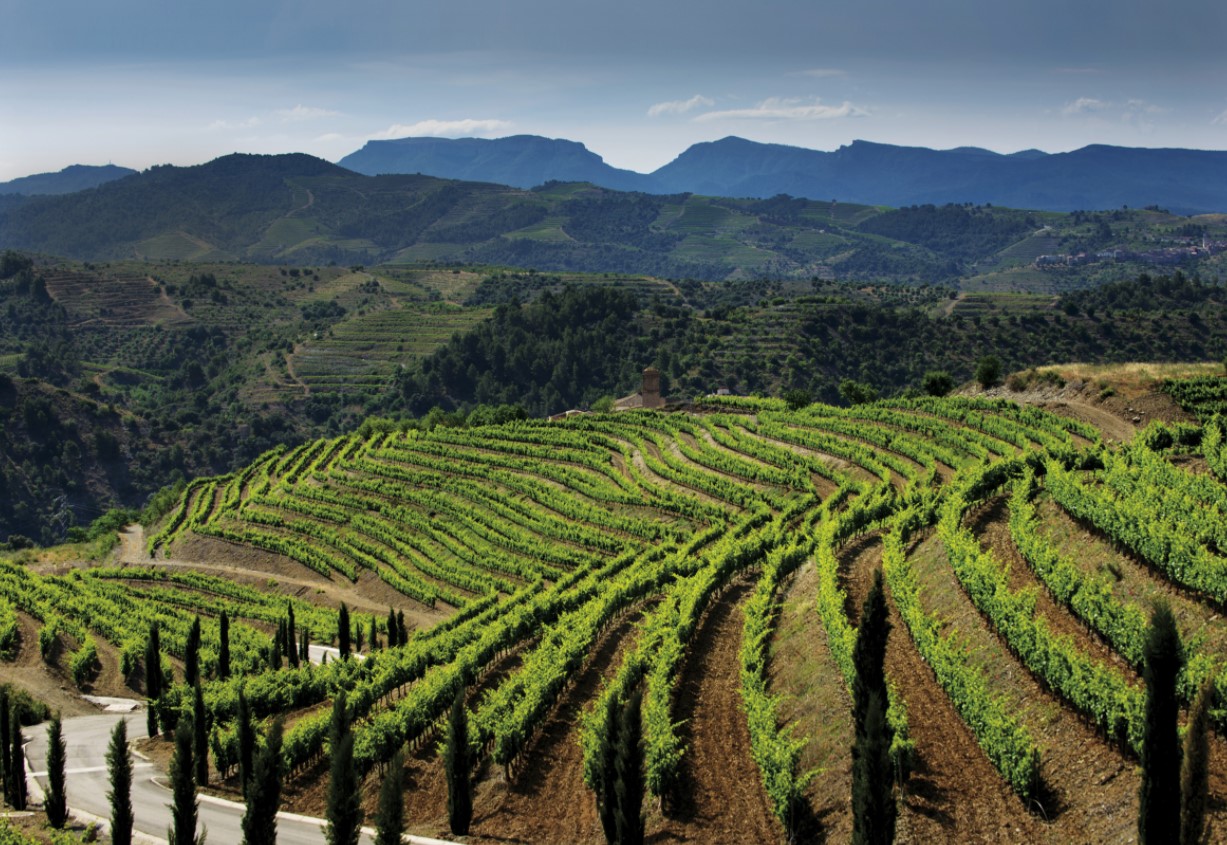Shifting Seasons: Spring Is Increasingly Out of Sync

For those of us who appreciate the harmonious rhythm of the seasons and enjoy the various natural phenomena – or phenological events – that each one brings, the shifts in nature's calendar are truly devastating.
This sense of loss turns to distress when we see the climate models that scientists are developing and come to the conclusion that the seasons will most likely never be the same again. This is especially true for spring.
The spring equinox marks the official start of the season, which falls between March 20 and 21 in the northern hemisphere and September 21 and 23 in the southern hemisphere. It ends with the summer solstice, which occurs around June 21 in the northern hemisphere and between December 21 and 22 in the southern hemisphere.
But global warming is causing changes in climate patterns and atmospheric circulation that are disrupting the natural calendar of spring, which is arriving earlier and getting shorter year after year.
Our environment has a built in early-warning system that alerts us to these changes. Scientists call them bioindicators: species of flora and fauna that send us a warning signal, either by appearing at the wrong time or by changing their behaviour to adapt to the new climate reality.
The budding and flowering of plants serve as one example of such an alarm bell. In the Mediterranean forest, trees are budding one to two weeks earlier than fifty years ago, and on average blossoms emerge two to three weeks ahead of their natural timing, with some species flowering up to one month earlier.

As a result, we are seeing changes in the phenological rhythm of the entire ecosystem. Phenology is the study of the relationship between living organisms and the timing of the seasons. The phenological phases of wild flora and fauna are what determine a series of biological events which follow one another from one season to the next.
They constitute a rhythmic chain of interconnected events not unlike a symphonic orchestra. When the flowers bloom, they attract flying insects that pollinate them. In turn, these insects are a food source for birds, which arrive around this time to breed. This is the orchestral score, so to speak, of springtime in the Mediterranean forest.

When the climate changes, however, it alters these biological processes, and they fall out of sync. Climate change is rewriting the springtime score, which means the orchestra isn't playing harmoniously, because many of the instruments come in at the wrong time, causing the symphony to sound out of sync.
The grapevine growth cycle is very closely linked to the timing of the seasons and changes in temperature. The earlier onset of spring, and its ever shorter duration, are altering the natural process of flowering and fruit maturation. In the winery, this presents winemakers with enormous challenges to maintain the quality of the wines.

In the end, the symphony of the seasons is also what produces a good wine. In this symphony, spring was always the first movement, the one which set the tone for the overall composition, but climate change is leaving it with less and less space in the score.
